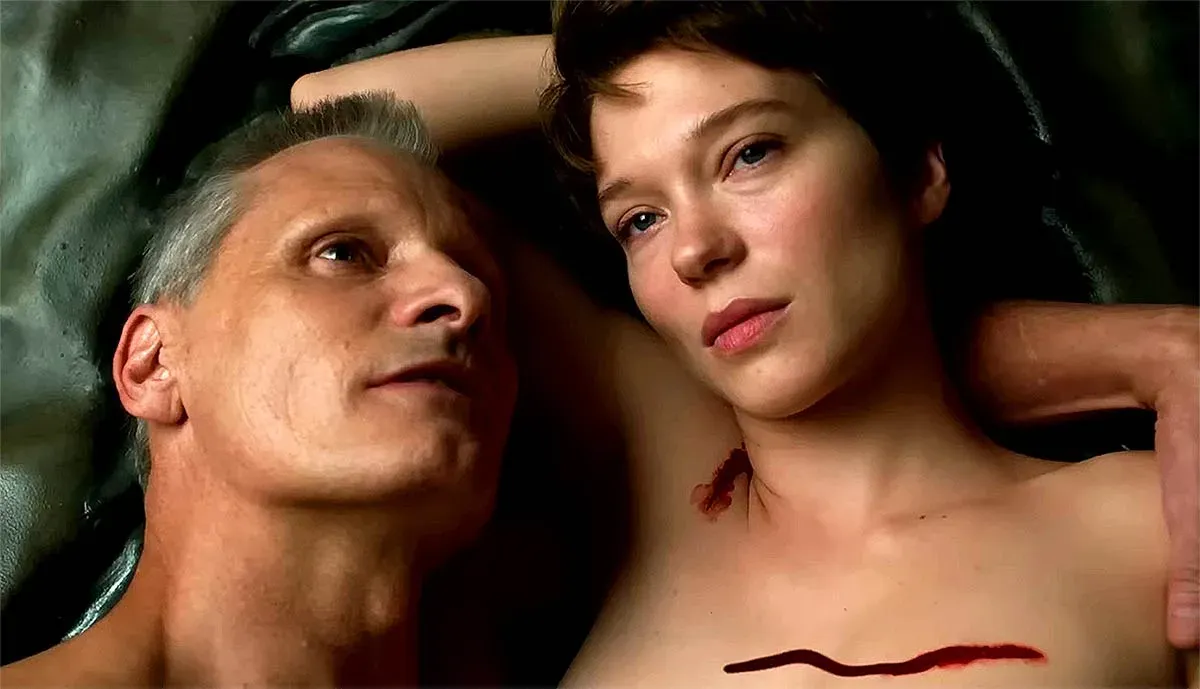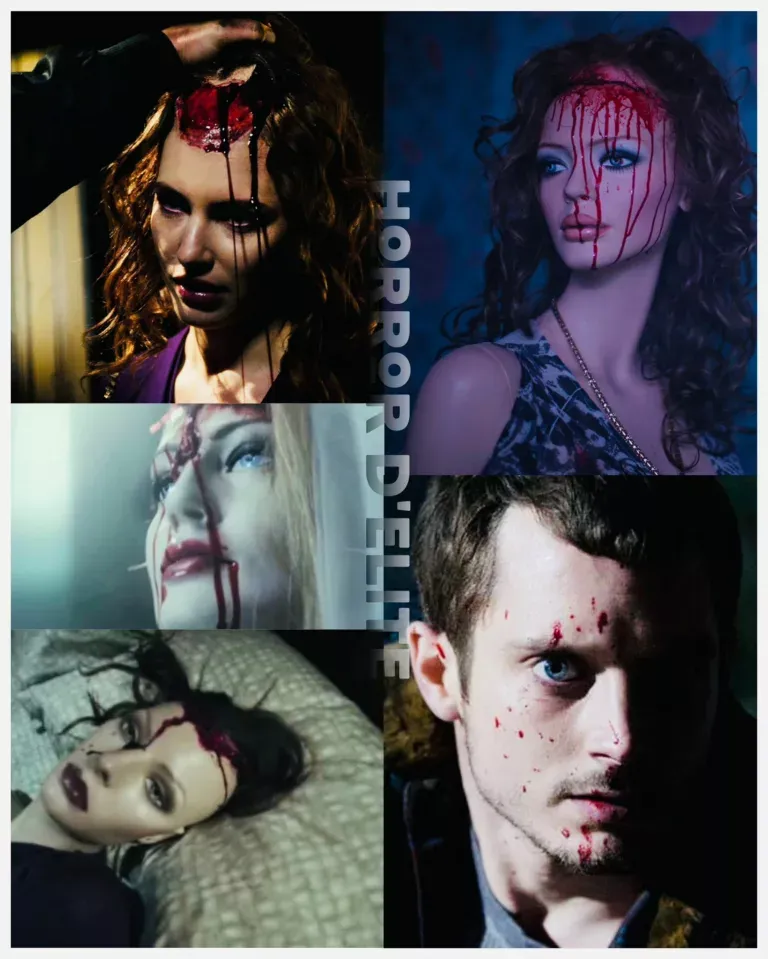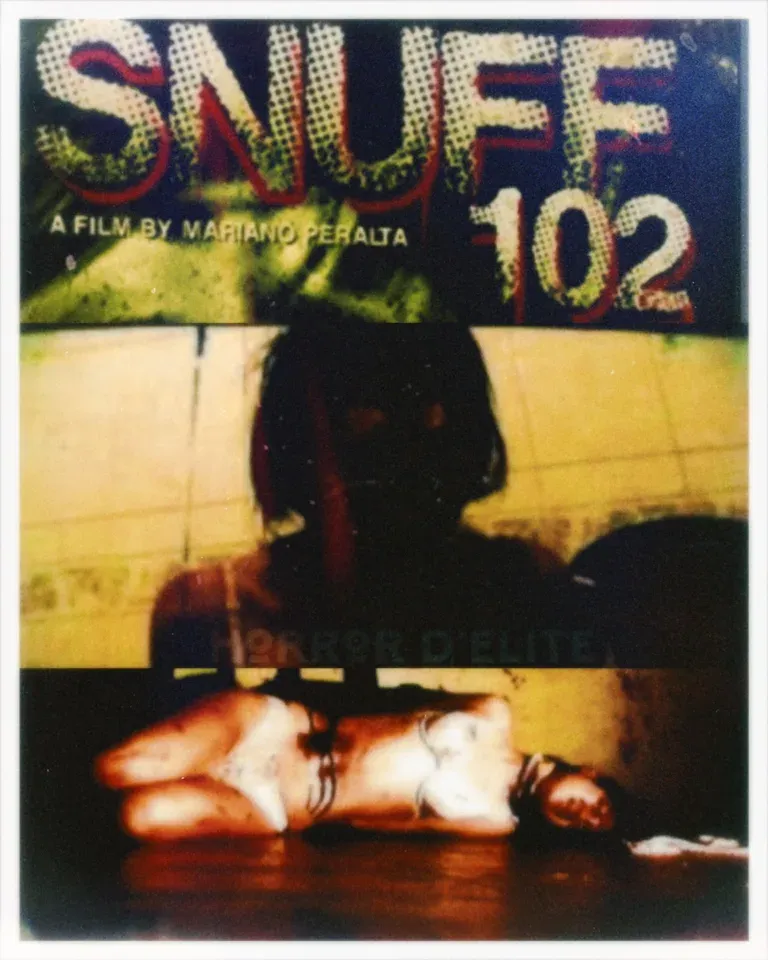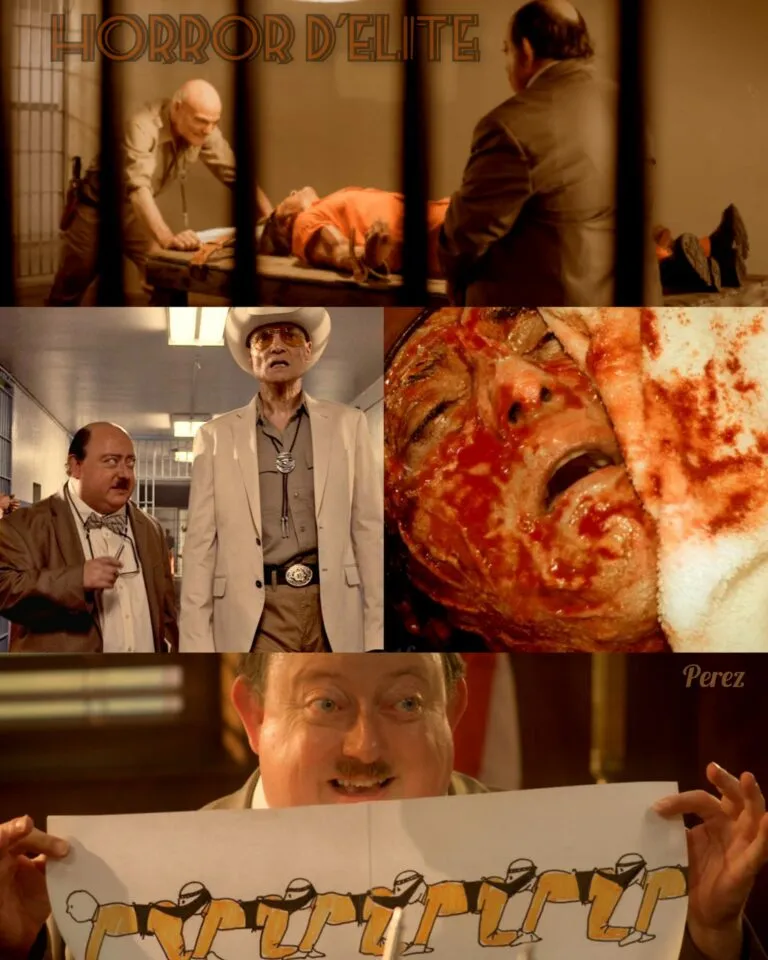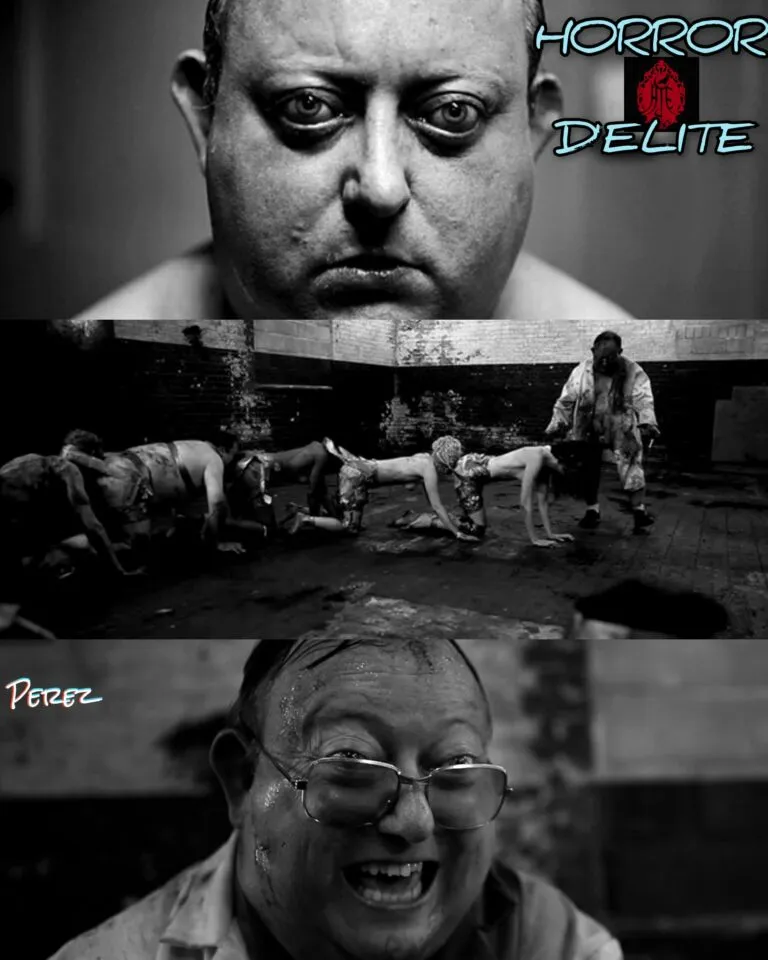Crimes of the Future
Crimes of the Future: An In-Depth Analysis of David Cronenberg’s Vision
Introduction
David Cronenberg, master of body horror and visionary director, has returned with a thought-provoking work: *Crimes of the Future*. Released in 2022, this film marks a significant moment in Cronenberg’s career. It revisits his 1970s work of the same title, reflecting his evolution as an artist and his continued fascination with the relationship between humanity and technology. This article explores the film’s narrative, themes, visual style, and the critical reception it has garnered.
Plot
*Crimes of the Future* is set in a dystopian future where humans have evolved beyond the capacity to feel physical pain. In this world, the boundaries between human biology and technology blur, leading to a society where body modifications are not only common but also a form of artistic expression. The story follows Saul Tenser (played by Viggo Mortensen), a renowned performance artist who, along with his partner Caprice (played by Léa Seydoux), has gained fame for his ability to grow and remove new organs as a form of live art.
The film delves into a range of issues through its unsettling and innovative premise. Tenser’s performances attract the attention of a clandestine organization, the National Organ Registry, which monitors and catalogs these bizarre bodily changes. As Tenser’s art becomes increasingly radical, the film explores the implications of a society where the boundaries of human anatomy are continually tested and traditional notions of health and illness are redefined.
Themes and Interpretations
**The Evolution of the Human Body:** At the heart of *Crimes of the Future* is an examination of the human body as a site of continuous evolution and transformation. Cronenberg, known for his body horror, uses this film to explore how technological and biological advancements alter our understanding of physical existence. The concept of losing the ability to feel pain marks a profound shift in how the body interacts with its environment and itself.
Art and Body: The film presents body modification as a form of art, challenging the role of the body in creative expression. Tenser’s performances force the audience to confront their perceptions of art and beauty. This theme resonates with Cronenberg’s interest in the intersection of technology, art, and the human condition.
Surveillance and Control: The National Organ Registry symbolizes the invasive nature of surveillance and control in a society that has embraced technological progress. The film critiques how bureaucratic institutions can overstep personal boundaries, particularly in the context of the body and individual autonomy.
Dystopian Realities: Set in a dystopian future, the film reflects Cronenberg’s exploration of social decay and the loss of traditional values. The transformation of the human body into a canvas for art represents a broader commentary on the erosion of conventional norms and the emergence of new forms of expression.
Visual and Stylistic Elements
Cronenberg’s direction in *Crimes of the Future* is characterized by his distinctive signature of grotesque imagery and clinical detachment. The film’s aesthetic is both unsettling and fascinating, showcasing a combination of practical effects and CGI that creates a visceral impact. The organic textures and disturbing images of modified bodies underscore the film’s thematic concerns, creating a sense of allure and repulsion.
The use of lighting and camera angles in the film emphasizes the contrast between the clinical precision of the National Organ Registry and the chaotic, visceral nature of Tenser’s performances. Cronenberg’s attention to detail in the set design and costumes further enhances the dystopian atmosphere, immersing the audience in a world where the boundaries of human experience are continuously pushed.
Critical Reception
*Crimes of the Future* has received mixed reviews from critics and audiences. Some praise the film as a return to Cronenberg’s roots, highlighting its bold concepts and visual style. The exploration of body horror and the obsessive critique of modern society’s relationship with technology and control are seen as timely and relevant.
Others find the film’s approach to its themes challenging and, at times, difficult to follow. The abstract nature of the narrative and the disturbing imagery may not appeal to all viewers, especially those unfamiliar with Cronenberg’s work. However, for fans of the genre and the director, Crimes of the Future offers an engaging and provocative exploration of human evolution and artistic expression.
Conclusion
David Cronenberg’s Crimes of the Future is a provocative and unsettling exploration of the human body, art, and social control. Through its disturbing and imaginative narrative, the film challenges viewers to reconsider their perceptions of pain, technology, and the boundaries of human experience. Like much of Cronenberg’s work, it serves both as a reflection on contemporary issues and as a provocative piece of art that continues to inspire discussion and debate.
 Subscribe to our YouTube channel
Subscribe to our YouTube channel